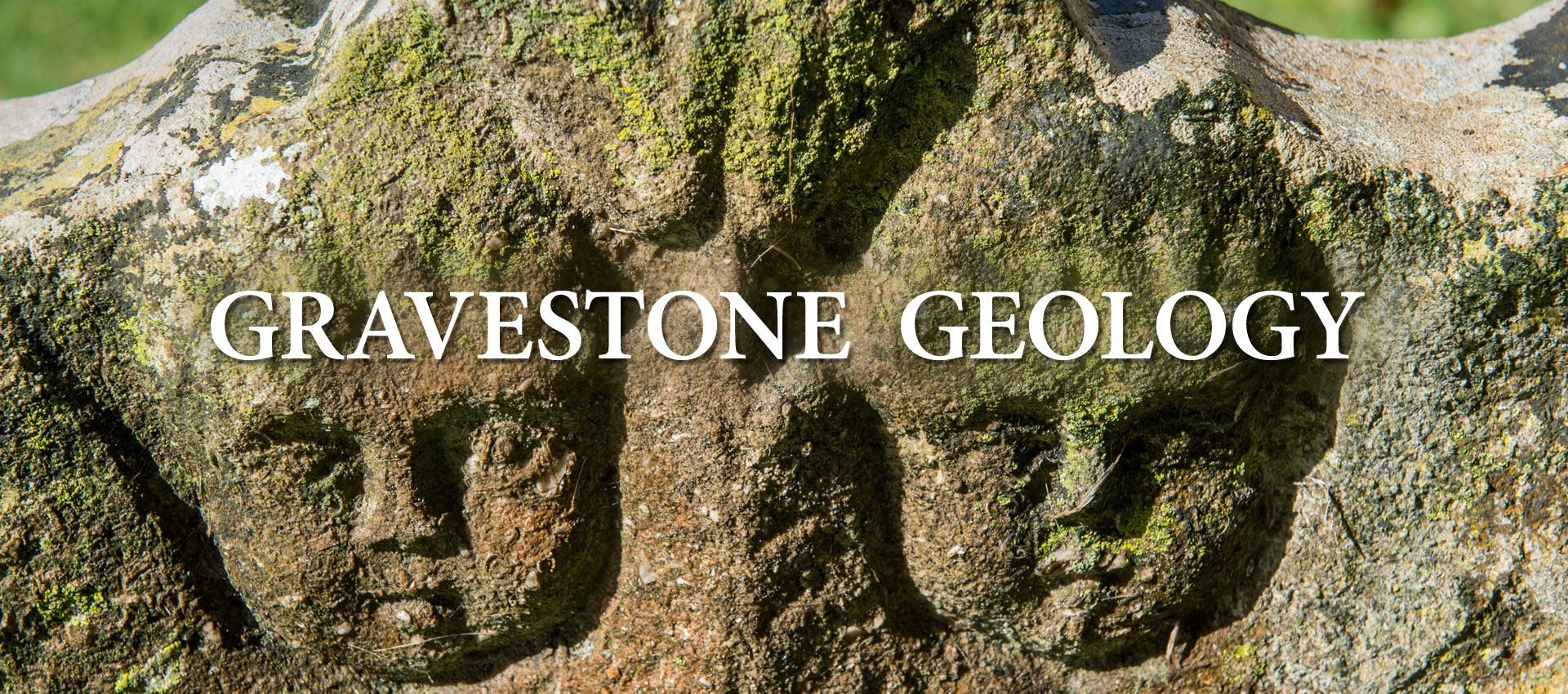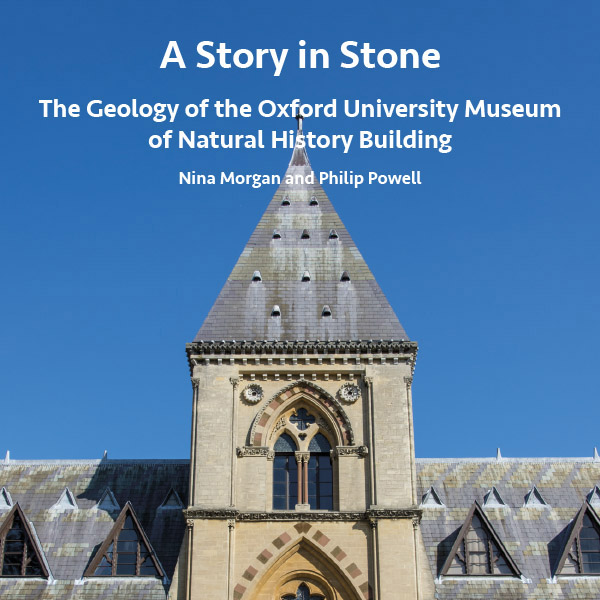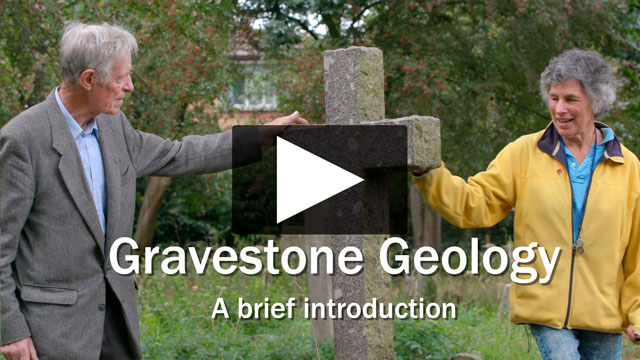What is Gravestone Geology?
Cemeteries and graveyards are more than a peaceful place to commemorate the dead. For geologists – whether amateur, student or professional – almost any urban cemetery is a great place to carry out scientific field work at leisure, right on the doorstep, and at no cost.
Cemeteries offer an excellent opportunity to examine and study a wide range of stone types in a small space. They also serve as a useful field area for studying rock weathering and they are a wonderful resource for learning about art, design, and local and social history.
Cemetery science
Because gravestones are made from a wide variety of rock types, formed in a range of geological settings, cemeteries are geological treasure-troves. Many gravestones are made of polished stone, so reveal details – such as minerals and crystal features – that are not easy to see elsewhere.
Some demonstrate the textures and mineral composition of igneous rocks.
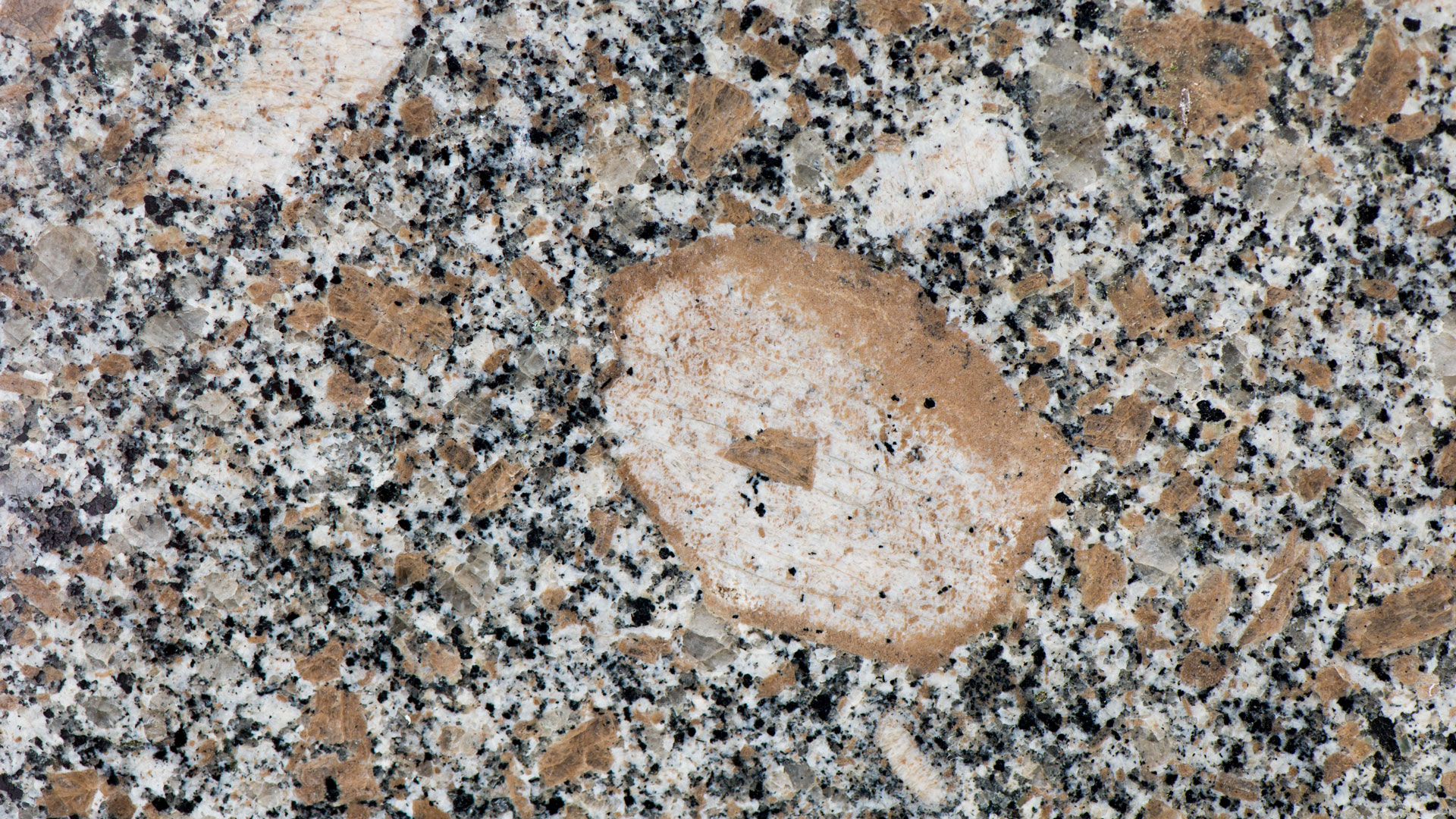
Large feldspar crystal in granite
Others gravestones are happy hunting grounds for lovers of fossils. Some reveal sedimentary structures that show how the rock was originally deposited. Others provide clues to earth movements and environments that occurred hundreds of millions of years ago.
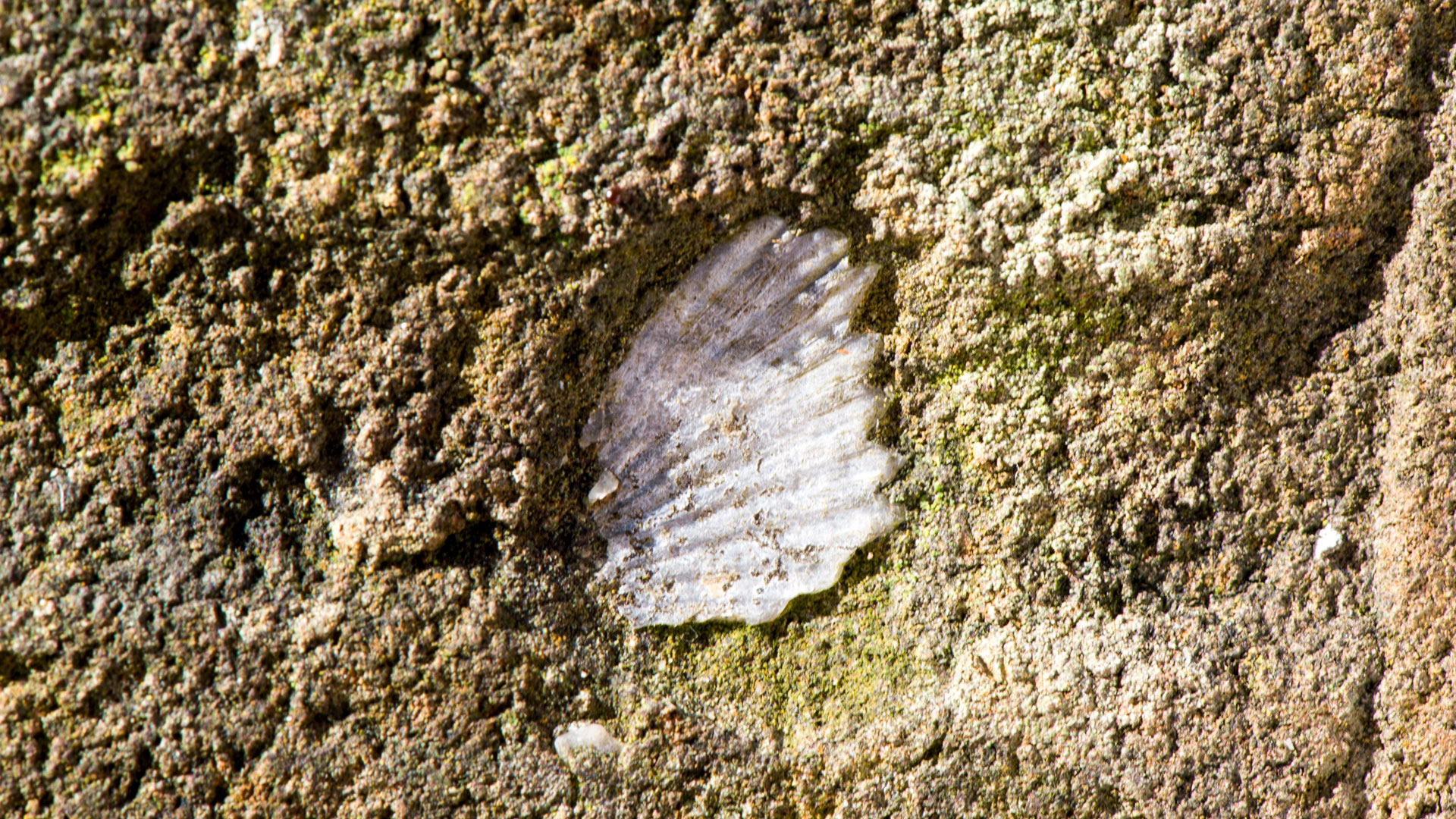
Fossil brachiopod in Banbury Ironstone
A visit to a cemetery or graveyard also offers a wonderful introduction to other sciences that underpin geology, such as chemistry and physics, and can serve as a source of valuable field data for engineers, architects and conservators.
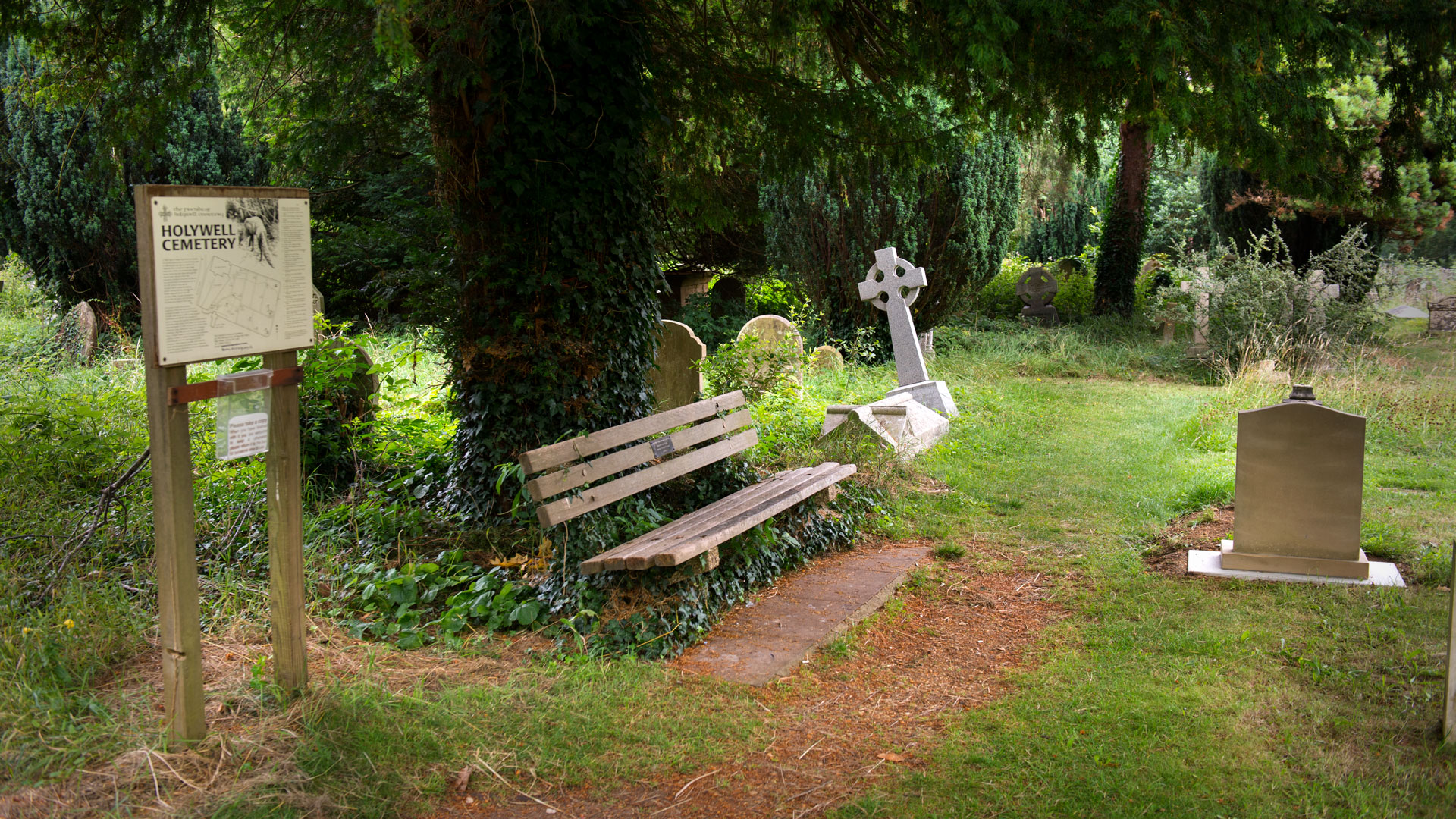
Holywell Cemetary, Oxford

Gravestones showing different weathering
Gravestones are also great places to study lichens, and churchyards are often wonderful sites to enjoy wildflowers, observe insects and take the opportunity to explore many aspects of natural history, environmental science and the history of transportation and technology.
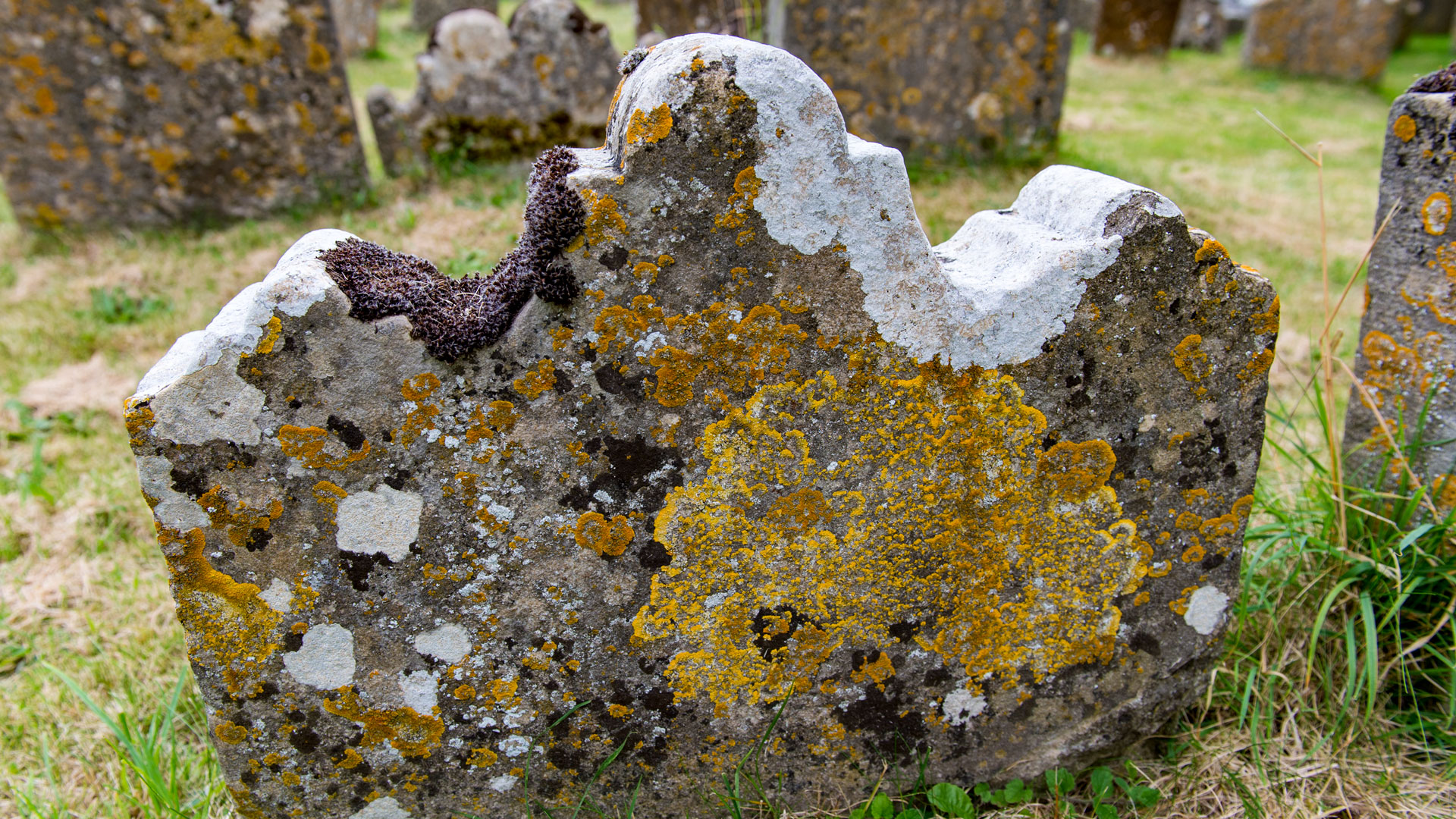
Weathered gravestone with lichens

